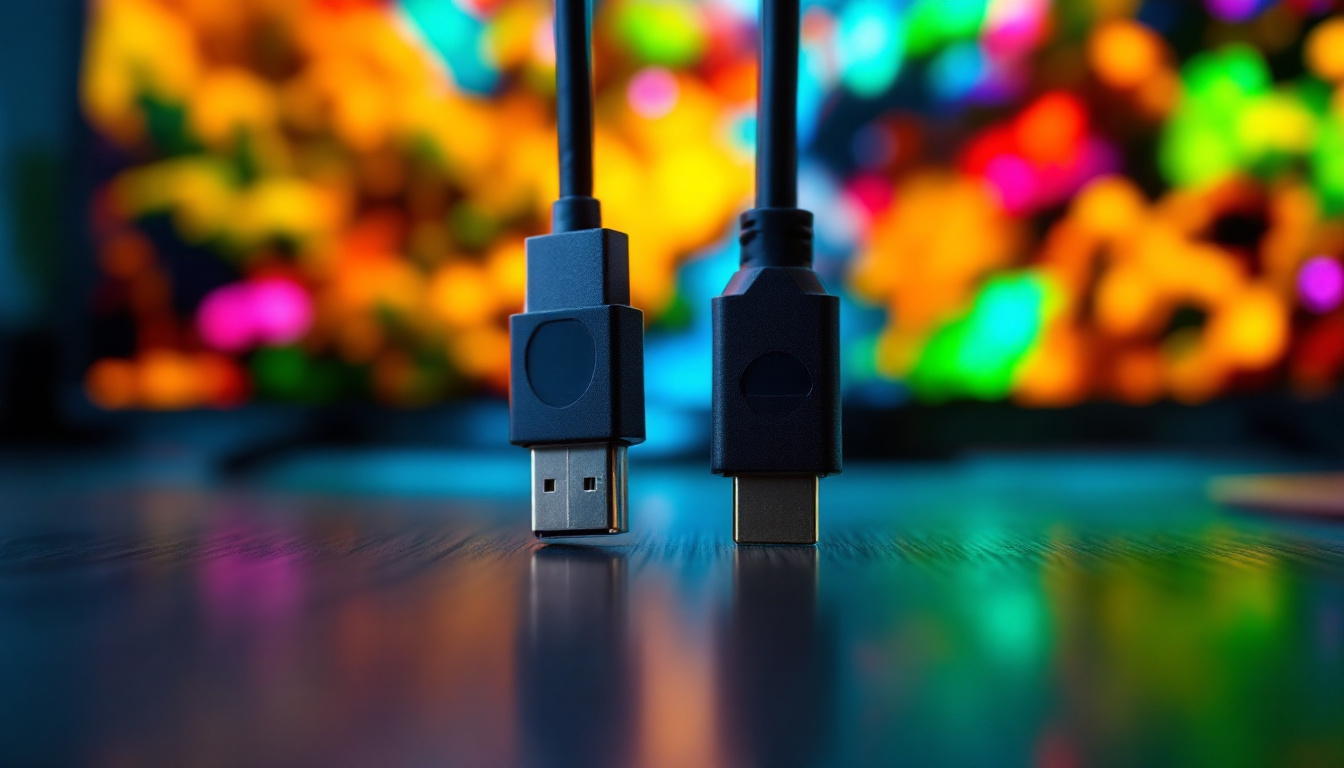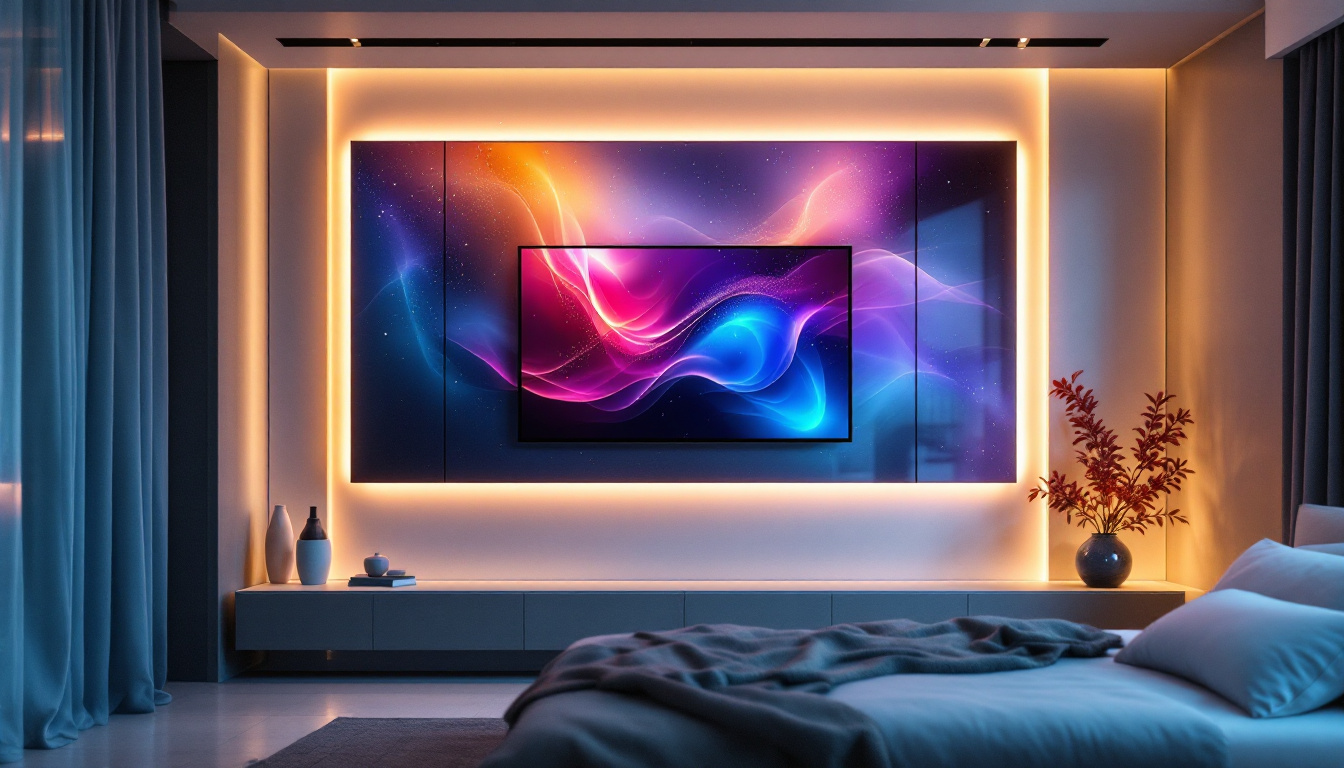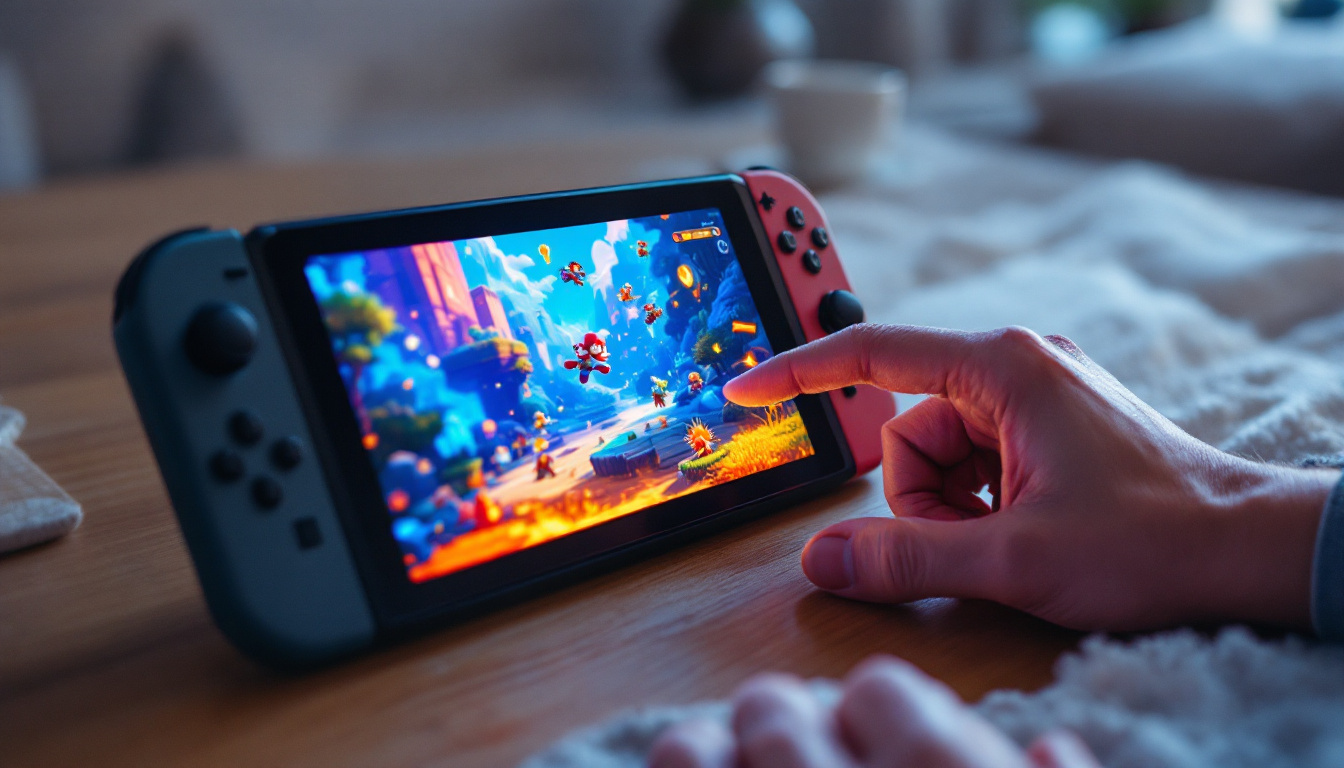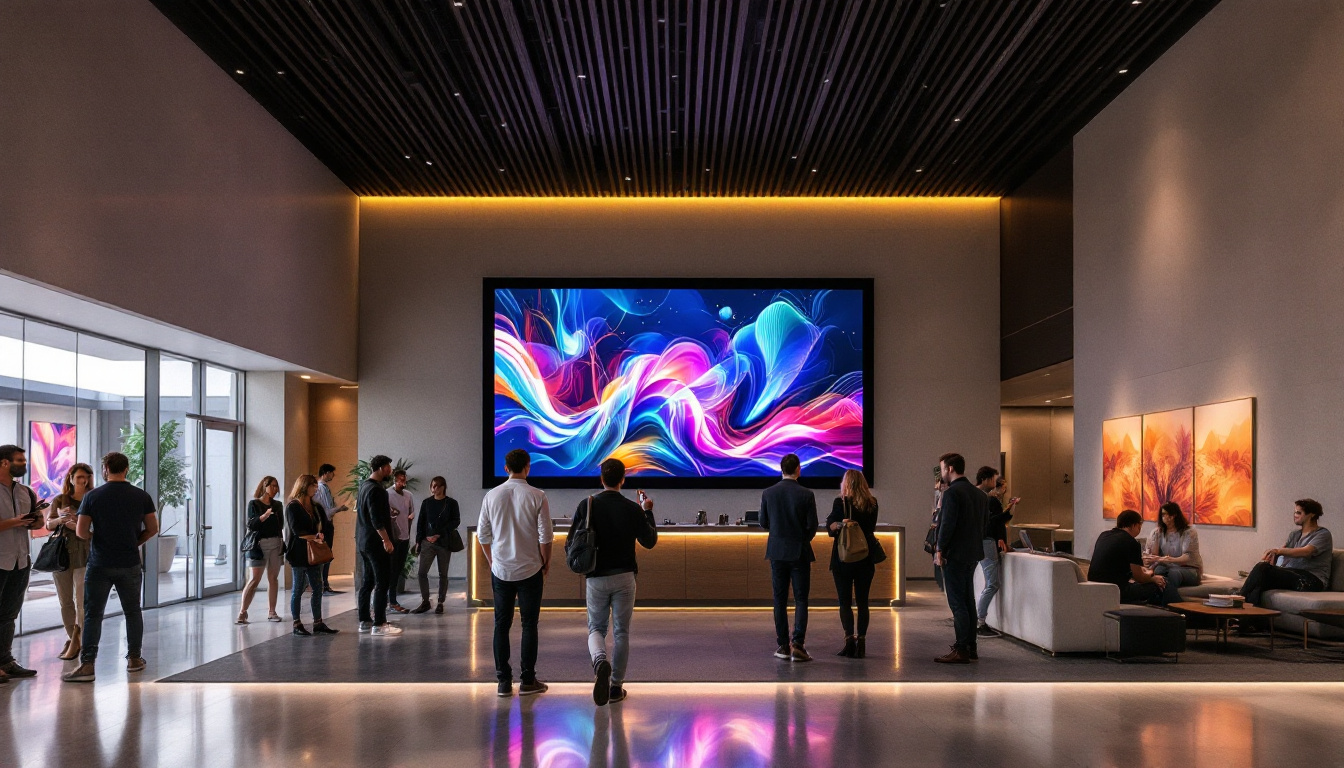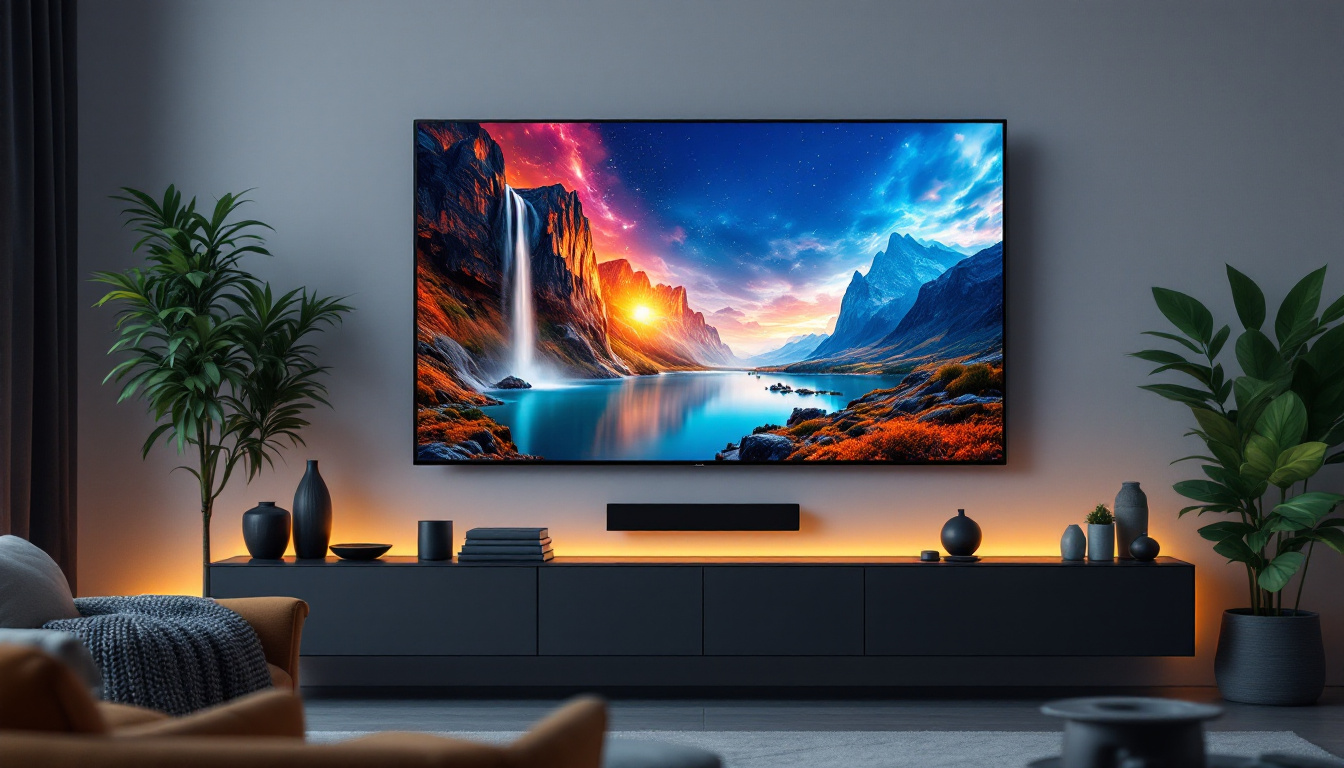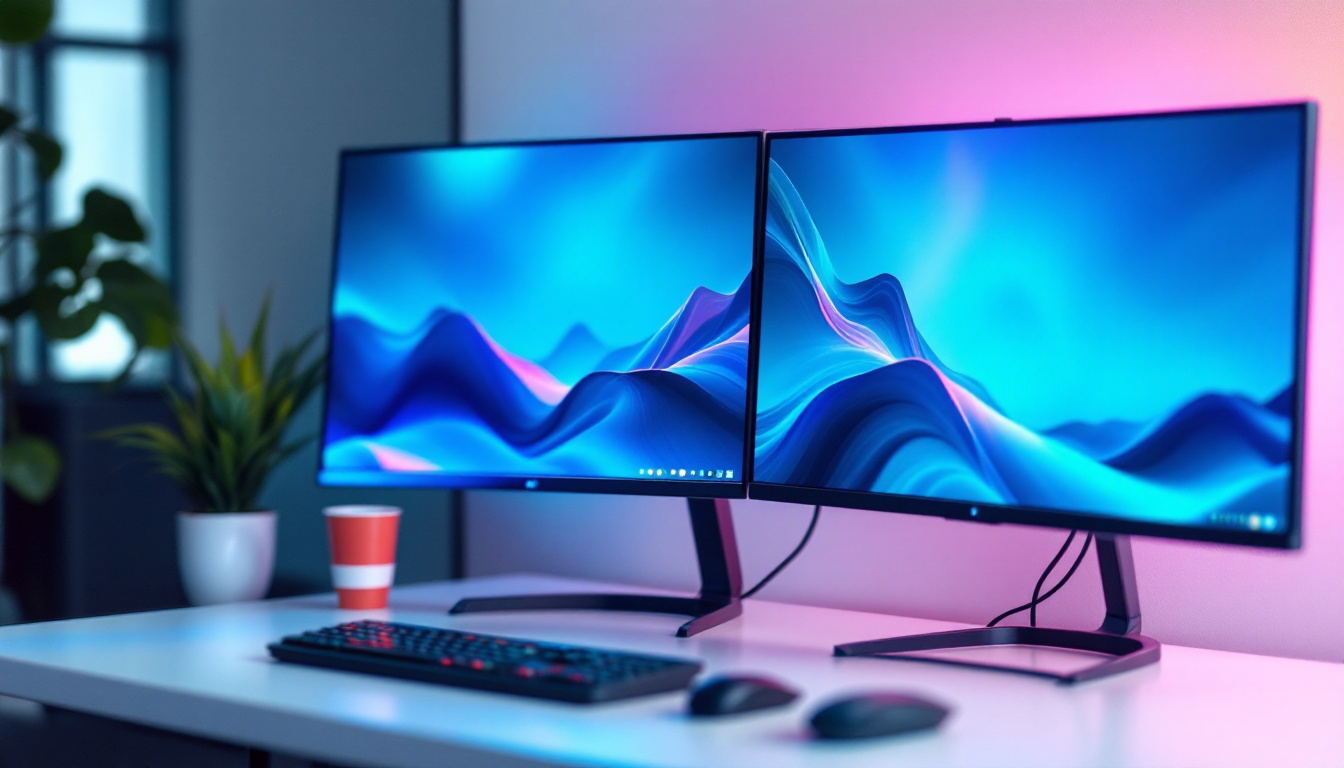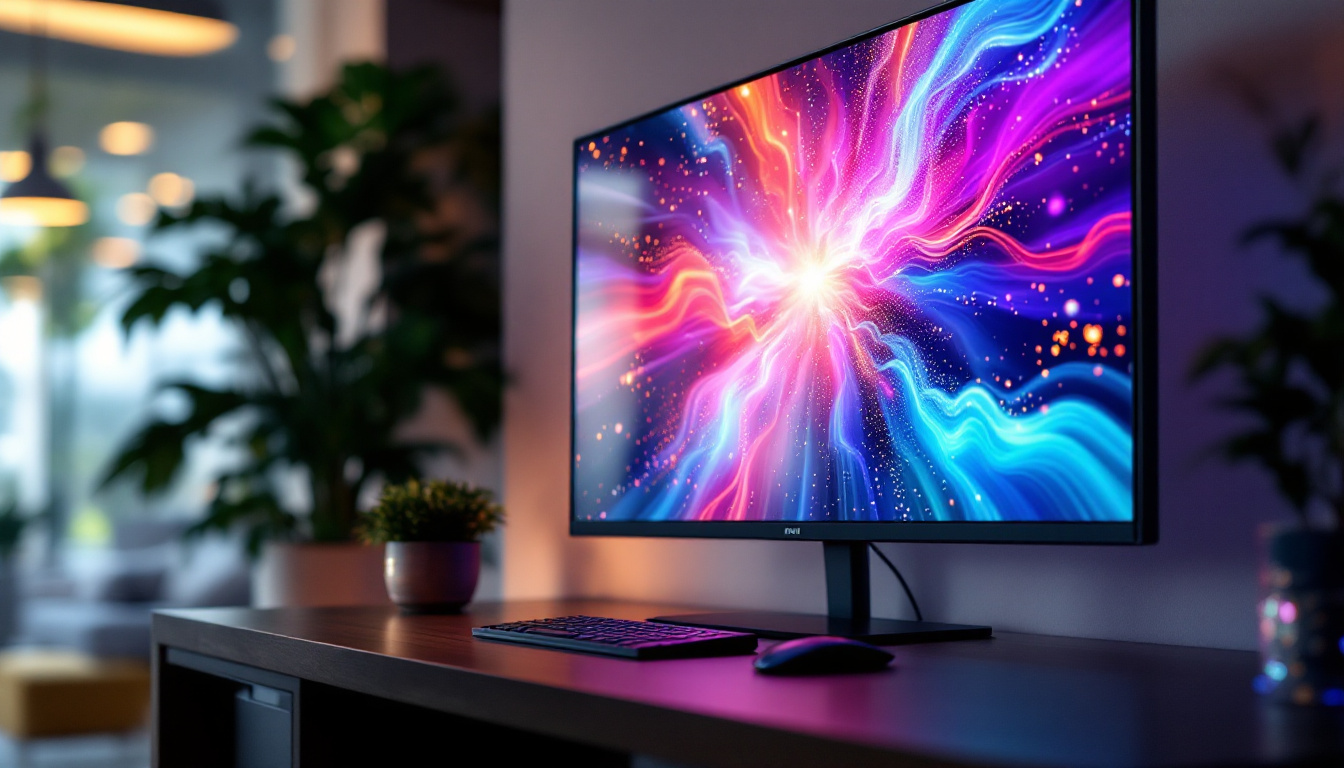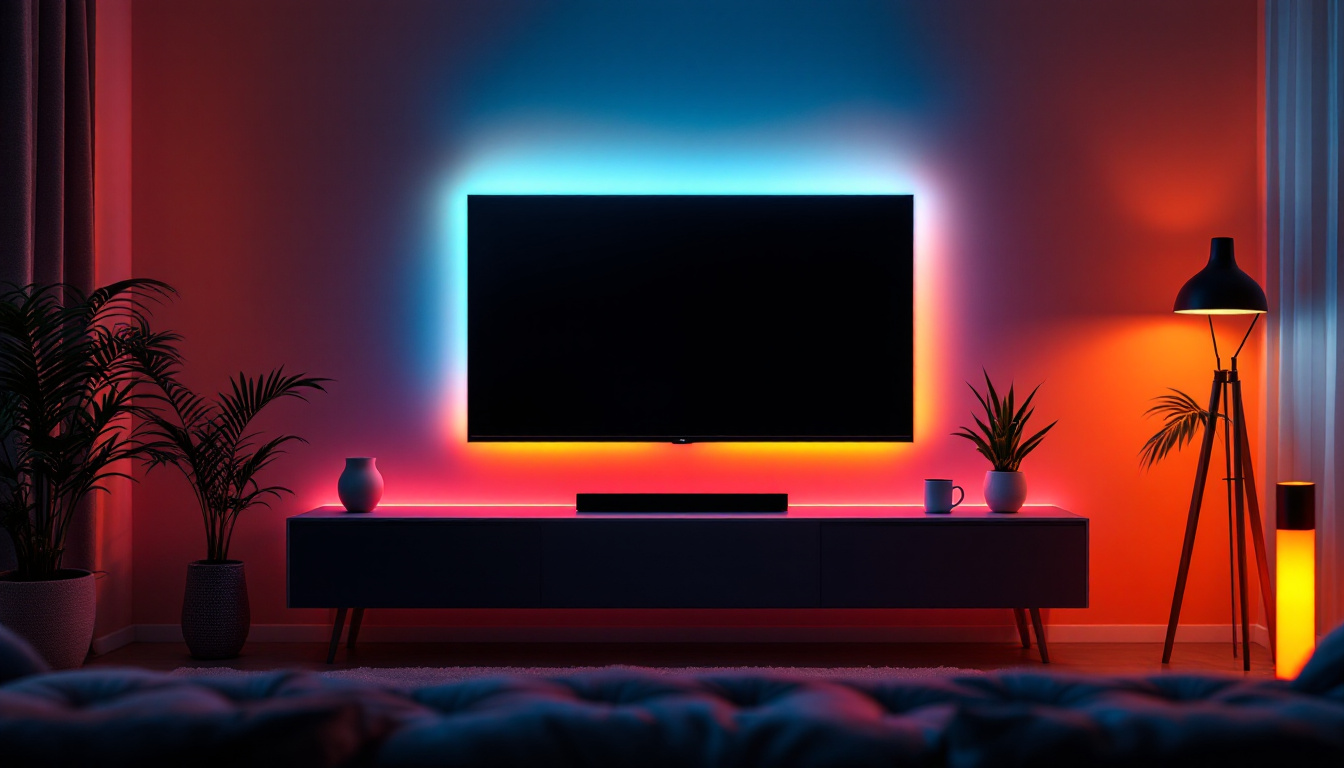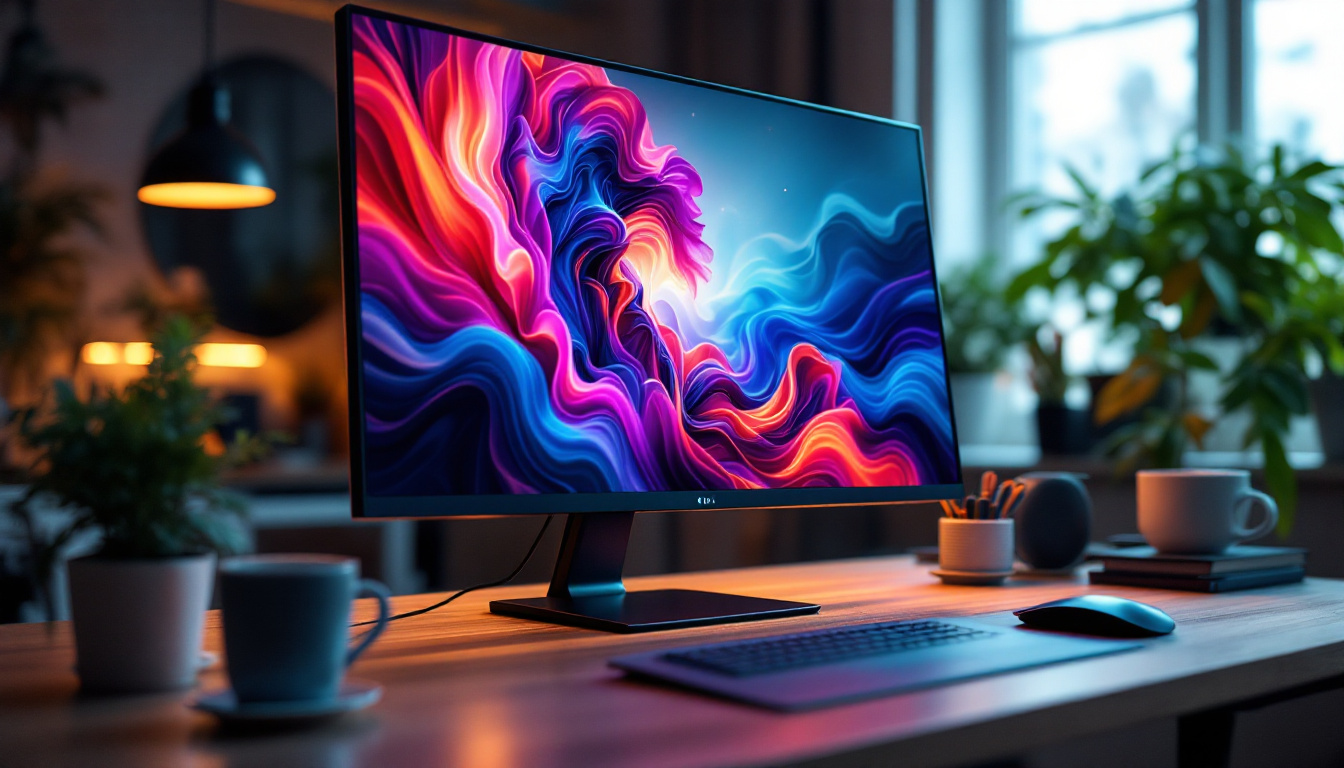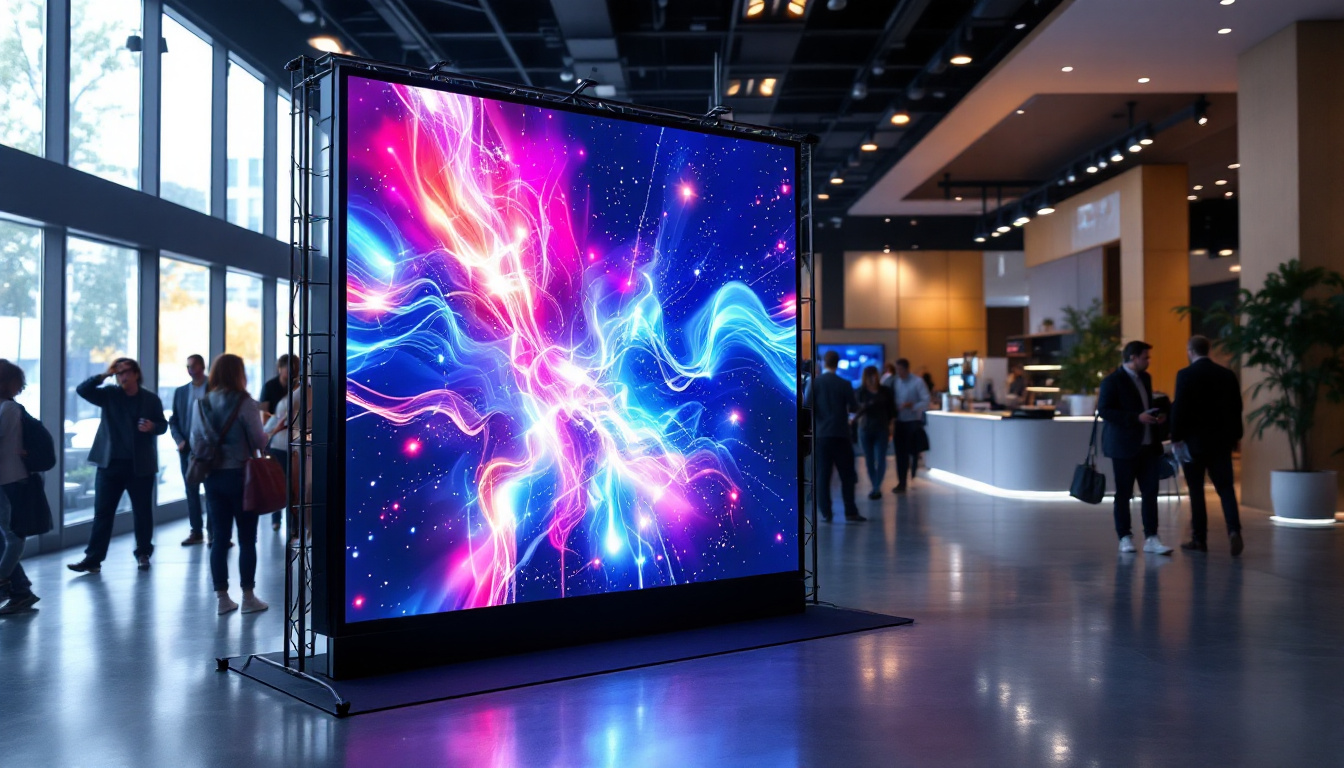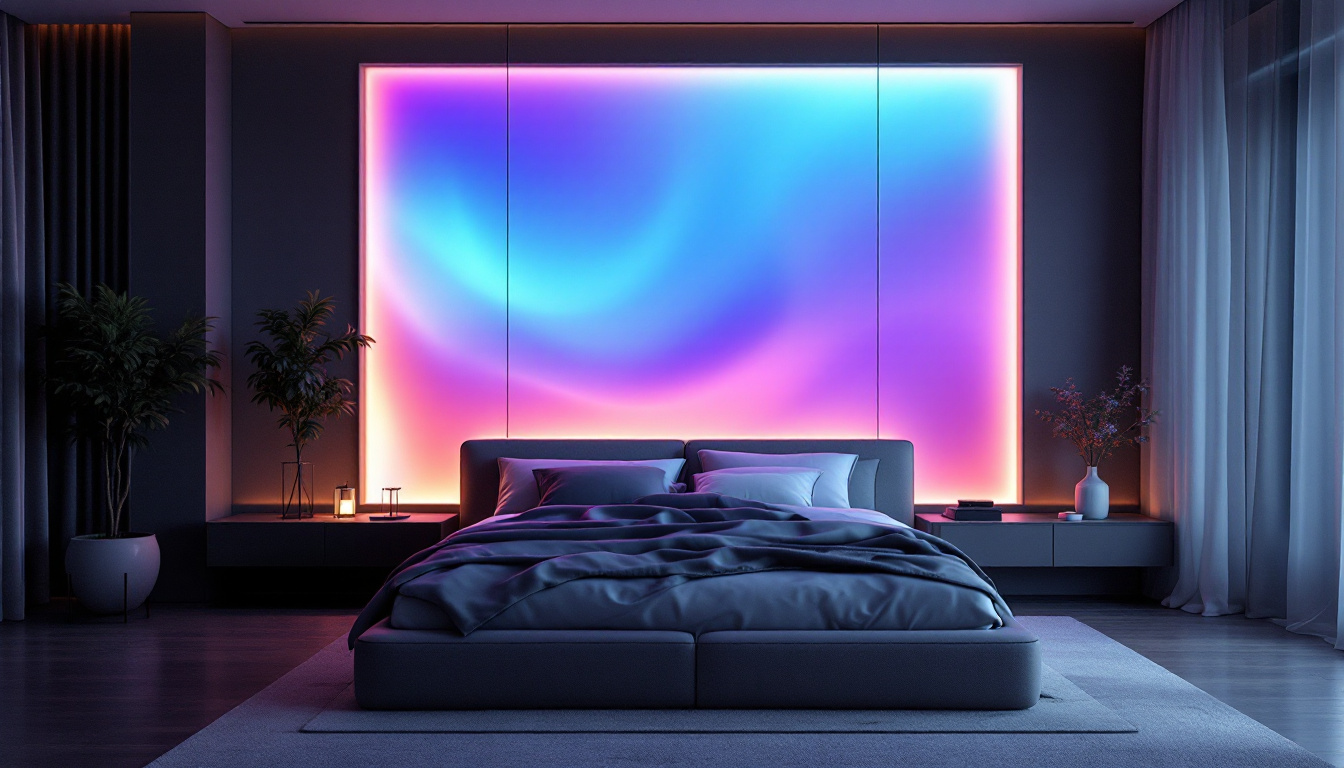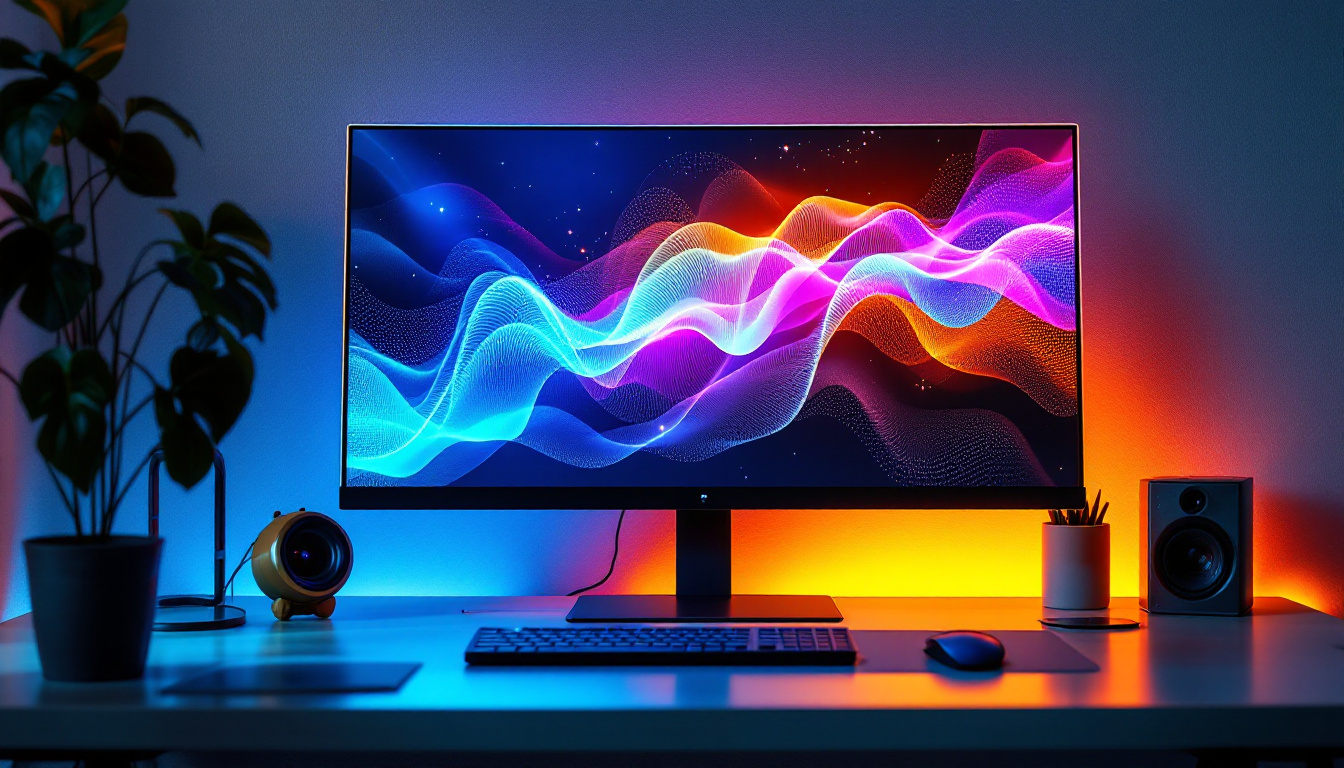In the world of digital displays, the choice between DisplayPort (DP) and High-Definition Multimedia Interface (HDMI) cables can significantly affect the quality of the visual experience. Both technologies are widely used for connecting devices like computers, gaming consoles, and televisions to LED displays. Understanding the differences, advantages, and applications of each cable type is crucial for making informed decisions that enhance your viewing experience.
Understanding DisplayPort and HDMI
DisplayPort and HDMI are both digital interfaces designed to transmit high-definition video and audio from a source device to a display. While they serve similar purposes, they have distinct features and specifications that cater to different needs and applications.
What is DisplayPort?
DisplayPort is a digital display interface developed by the VESA (Video Electronics Standards Association). It was introduced in 2006 and has since evolved through various versions, each improving upon the last in terms of bandwidth and capabilities. The latest versions of DisplayPort support high resolutions and refresh rates, making them ideal for gaming and professional graphics work.
One of the standout features of DisplayPort is its ability to support multiple displays through a single connection using Multi-Stream Transport (MST). This allows users to daisy-chain several monitors together, which is particularly beneficial for multi-monitor setups in gaming or professional environments. Additionally, DisplayPort supports adaptive sync technologies like AMD’s FreeSync and NVIDIA’s G-Sync, which help eliminate screen tearing and provide a smoother gaming experience. This makes it a preferred choice for gamers and graphic designers who require precise visuals and high performance.
What is HDMI?
HDMI, on the other hand, is a widely recognized standard for transmitting high-definition video and audio. First introduced in 2003, HDMI has become the go-to interface for consumer electronics, including televisions, Blu-ray players, and gaming consoles. The technology has seen numerous updates, with HDMI 2.1 being the latest version, offering features such as 8K video support and enhanced audio return channel (eARC).
HDMI is particularly popular for home entertainment systems due to its ease of use and compatibility with a wide range of devices. It also supports Consumer Electronics Control (CEC), allowing users to control multiple devices with a single remote. Moreover, HDMI cables are generally more accessible and widely available, making them a convenient option for everyday consumers. With the rise of streaming services and 4K content, HDMI has adapted to meet the demands of modern media consumption, ensuring that users can enjoy high-quality audio and video without hassle. Furthermore, the inclusion of features such as HDR (High Dynamic Range) enhances the viewing experience by providing greater contrast and a wider color spectrum, making it a favorite among movie enthusiasts and gamers alike.
Comparing Key Features
When considering DisplayPort and HDMI, several key features come into play. These include resolution support, bandwidth, audio capabilities, and additional functionalities that can influence the choice between the two.
Resolution and Bandwidth
One of the most critical factors in choosing between DisplayPort and HDMI is the resolution and bandwidth each can handle. DisplayPort typically offers higher bandwidth compared to HDMI, especially in its latest iterations. For instance, DisplayPort 1.4 supports up to 8K resolution at 60Hz, while HDMI 2.0 supports 4K resolution at 60Hz. However, HDMI 2.1 has significantly narrowed this gap, supporting 8K at 60Hz and even 4K at 120Hz.
This higher bandwidth in DisplayPort allows for greater color depth and refresh rates, making it a preferred choice for gamers and professionals who require high-performance displays. In contrast, HDMI is more than sufficient for most home entertainment setups, especially for watching movies and playing games on consoles. Furthermore, DisplayPort’s ability to daisy-chain multiple monitors through Multi-Stream Transport (MST) is a game-changer for users who need expansive workspace setups, allowing them to connect several displays to a single output without sacrificing quality.
Audio Capabilities
Both DisplayPort and HDMI support multi-channel audio, but there are differences in their audio capabilities. HDMI supports advanced audio formats such as Dolby TrueHD and DTS-HD Master Audio, which are essential for home theater systems. DisplayPort, while capable of transmitting audio, is less commonly used for audio applications in consumer electronics.
For users who prioritize high-fidelity audio in addition to video, HDMI may be the better option, especially when connecting to sound systems or AV receivers. Additionally, HDMI’s support for Audio Return Channel (ARC) simplifies the connection between TVs and soundbars, allowing audio to flow both ways without needing multiple cables. This feature is particularly useful for smart TVs that stream content directly, enabling users to enjoy high-quality sound without the hassle of extra wiring.
Use Cases for DisplayPort and HDMI
Understanding the specific use cases for DisplayPort and HDMI can help determine which cable is best suited for particular applications. Each interface has its strengths that cater to different user needs.
DisplayPort Use Cases
DisplayPort is often favored in professional settings, particularly in graphic design, video editing, and gaming. Its high bandwidth capabilities and support for multiple monitors make it ideal for users who require extensive screen real estate and high refresh rates. For instance, gamers who utilize high-performance graphics cards can benefit from DisplayPort’s support for G-Sync and FreeSync technologies, which help eliminate screen tearing and stuttering.
Moreover, the ability to daisy-chain multiple monitors allows professionals to create expansive workspaces without the clutter of numerous cables. This feature is particularly useful for stock traders, designers, and anyone who relies on multitasking with multiple applications open simultaneously. In addition to its impressive technical capabilities, DisplayPort also supports advanced features such as HDR (High Dynamic Range) and 8K video resolutions, making it a future-proof choice for those looking to invest in high-end displays. As technology continues to evolve, DisplayPort’s adaptability ensures that users can take full advantage of cutting-edge visual experiences.
HDMI Use Cases
HDMI is predominantly used in home entertainment systems, where ease of use and compatibility are paramount. It is the standard connection for televisions, Blu-ray players, and gaming consoles, making it the go-to choice for most consumers. The simplicity of HDMI connections allows users to easily connect and disconnect devices without hassle.
Furthermore, HDMI’s support for CEC enables users to control multiple devices with a single remote, enhancing the user experience in home theater setups. For those who enjoy watching movies or playing console games, HDMI provides a straightforward solution that meets their needs effectively. Additionally, with the introduction of HDMI 2.1, users can now enjoy features such as Variable Refresh Rate (VRR) and enhanced audio return channel (eARC), which further enrich the viewing experience. This makes HDMI not only a versatile option for casual users but also a compelling choice for audiophiles and gamers seeking high-fidelity sound and smooth gameplay. As the demand for higher resolutions and immersive audio continues to grow, HDMI remains at the forefront of home entertainment technology, ensuring that users can enjoy their favorite content in the best possible quality.
Future Trends in Display Technology
As technology continues to evolve, both DisplayPort and HDMI are adapting to meet the demands of modern displays. Emerging trends in display technology, such as higher resolutions, increased refresh rates, and new audio formats, will influence the development of these interfaces.
8K and Beyond
With the advent of 8K displays, the demand for cables that can handle higher resolutions and bandwidth is increasing. Both DisplayPort 2.0 and HDMI 2.1 are designed to support these advancements, but they do so in different ways. DisplayPort 2.0 offers a staggering bandwidth of up to 80 Gbps, allowing for 8K resolution at higher refresh rates, while HDMI 2.1 also supports 8K but with a slightly lower bandwidth of 48 Gbps.
As 8K content becomes more prevalent, users will need to consider which interface can best support their display needs. Additionally, as virtual reality and augmented reality technologies advance, the requirements for video transmission will continue to evolve, potentially favoring one interface over the other. The integration of HDR (High Dynamic Range) capabilities with 8K resolution further enhances the viewing experience, providing richer colors and improved contrast. This means that not only will the resolution be sharper, but the overall visual fidelity will be significantly enhanced, making it essential for consumers to invest in compatible cables and devices that can fully utilize these features.
Gaming and High Refresh Rates
The gaming industry is another area where DisplayPort and HDMI are competing for dominance. With the rise of competitive gaming, the need for higher refresh rates and lower latency has become crucial. DisplayPort has traditionally held an advantage in this area due to its higher bandwidth capabilities, allowing for refresh rates exceeding 144Hz at high resolutions.
However, HDMI 2.1 has made significant strides in this regard, supporting 4K at 120Hz and 8K at 60Hz. This development makes HDMI a viable option for gamers, especially those using the latest gaming consoles that support HDMI 2.1. Furthermore, features like Variable Refresh Rate (VRR) and Auto Low Latency Mode (ALLM) in HDMI 2.1 are game-changers, providing smoother gameplay and reducing input lag, which is critical for competitive scenarios. As game developers continue to push the boundaries of graphics and performance, the choice of interface will play a pivotal role in how gamers experience their favorite titles, with many now weighing the benefits of each standard based on their specific gaming setups and preferences.
Conclusion: Making the Right Choice
Choosing between DisplayPort and HDMI ultimately depends on individual needs and use cases. For professionals and gamers who require high performance, multiple displays, and advanced features, DisplayPort is often the superior choice. Its higher bandwidth and support for daisy-chaining make it ideal for demanding applications.
Conversely, for everyday consumers looking to connect devices for home entertainment, HDMI remains the most practical and widely compatible option. Its ease of use, support for advanced audio formats, and CEC functionality make it a favorite among home theater enthusiasts.
As technology continues to advance, both DisplayPort and HDMI will likely evolve to meet the changing demands of users. Understanding the differences and applications of each will empower consumers to make informed decisions that enhance their digital experiences, whether for work or leisure.
Explore Cutting-Edge LED Display Solutions with LumenMatrix
Ready to elevate your visual experience with the latest in LED display technology? LumenMatrix offers a comprehensive range of innovative LED display solutions tailored to your needs. Whether you’re seeking to boost brand visibility, create immersive environments, or engage your audience, our Indoor and Outdoor LED Wall Displays, Vehicle LED Displays, and more are designed to deliver unparalleled clarity and impact. Don’t settle for less—check out LumenMatrix LED Display Solutions today and see the difference cutting-edge technology can make.

